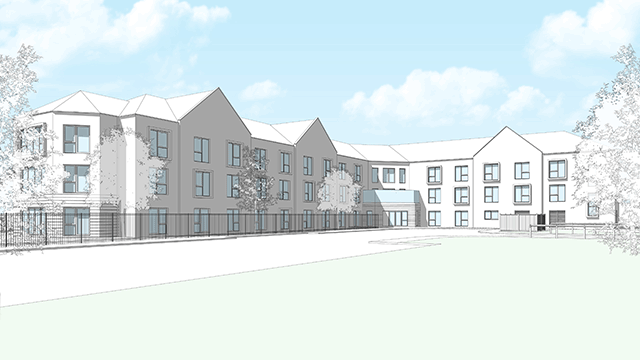European markets have recorded the most challenged relative debt funding gap, according to new research from AEW.
The real estate investment and asset manager found that Europe’s relative debt funding gap came in at 16% of loan originations, closely followed by the US at 14%. Asia Pacific remained relatively immune.
The report, which provides insights on the relative refinancing challenges faced by the three key regions, used standardised methodology to collate local data on loan maturities, originations and refinancing assumptions.
Office loans were unanimously listed as the primary concern, followed by multi-family and retail sectors, which experienced significant capital value drops over the recent economic cycle.
In Europe, the highest debt funding gaps were noted in Germany and the Nordics at over 22% and 18%, respectively, while the UK and Southern Europe came in at 9% and 11%, respectively.
Data showed that the gap for Europe is expected to experience a considerable decline in 2025 due to the rebound in 2021 acquisitions and its assumption of uniform five-year loan maturities. Yet, it is expected to return to 2024 levels in 2026.
The US suffered a similar fate to the UK in terms of value declines, as loan maturity data for 2024-26 suggests the debt funding gap will decline in 2025 and 2026, compared to 2024.
By sector, offices and retail felt the greatest impact, at 37% and 29%, much lower than the 14% US average. But some loans proved to buck the trend as those backed by industrial collateral showed a lower debt funding gap.
Unlike European and American markets, the APAC region presented a more diverse landscape. Major markets including Australia, Singapore, South Korea and Japan, plus tier-one cities in China, all faced a debt funding gap of 7.6%, lower than both the US and Europe.
However, the same sectors faced struggles, with around 60% of APAC’s debt funding gap concentrated in Australian and tier-one Chinese cities office markets. This was followed by an additional 30% in the retail sector.
This market outlook was driven by shorter three-year loan tenures in the region and delayed adjustment of property valuations and pricing.
Hans Vrensen, head of AEW research and strategy, said: “Unsurprisingly, the office sector shows the widest gap. This is particularly the case in the US where the post-Covid return to work is significantly behind the rest of the world, putting pressure on the asset class and restricting appetite for lenders and investors alike.”
He added: “With many commentators believing interest rates have peaked and some early confidence returning to the market, 2024 will be a critical year for real estate globally. In the end, the scale of the DFG challenge and its impact on local markets ultimately depends on investors’ and lenders’ ability to cure associated defaults and absorb potential losses.”
Image © AEW
Send feedback to Chanté Bohitige
Follow Estates Gazette











